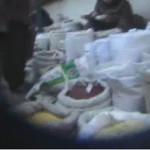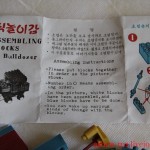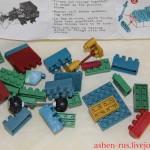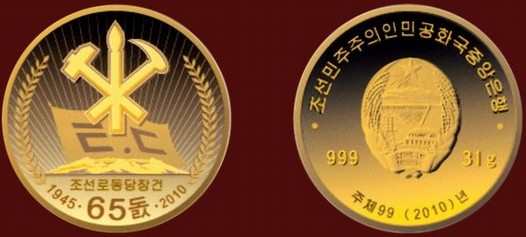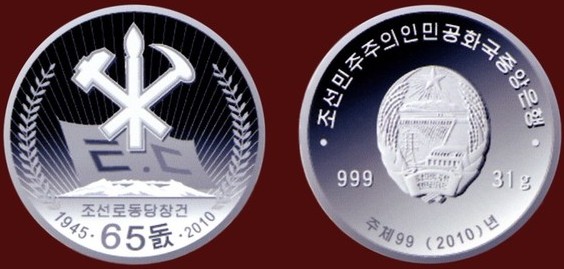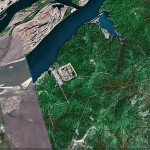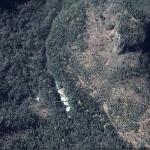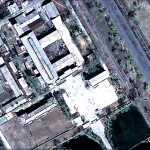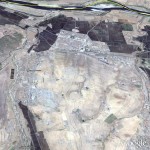Institute for Far Eastern Studies (IFES)
NK Brief No. 11-03-23
3/23/2011
A nationwide drive for military rice procurement was reported to have resumed from January this year in North Korea. The DPRK authorities halted the collection of rice for the military early last year with a sharp decrease in food production after suffering from repeated flood damages. However with their efforts to find aid from China and other foreign means to little avail, restarted the military procurement from early this year, collecting 2 to 3 USD worth of rice per person on a national level. North Koreans are reported to be strongly against the resurgence of the collection.
According to the Daily NK, sources from Pyongyang revealed that “Orders came from the Central Committee of the Party last December to begin a nationwide collection from January on the grounds of deficient military food supply. Although the order encouraged the drive to be voluntary and not obligatory, the department in charge of procurement is placing pressure on merchants and workers and officials of various corporations for donation.”
The Pyongyang source added, “In the case of Jung District Market (Jungguyeok Market) [satellite image here], the merchants were coerced into paying additional forty to fifty thousand KPW per person. The police are pressuring people that those who fail to pay will be forced to leave their lucrative spot in the market and replaced by those that paid.” Given the price of rice at the end of February was 1,900 KPW per/kg, each merchants was donating about 20 to 25kg of rice to the military.
On the other hand, workers in corporations were paying about 10 kg/person while the cadres were instructed to pay 30 kg/person. “The authorities did not hesitate to criticize and condemn those who dawdled on paying,” the source disclosed.
Another source from Sariwon in North Hwanghae Province also confirmed the account, “The Central Committee instructed the donations to be based on people’s consciences, but local authorities are demanding ‘each person must give specified kilos of rice,’ and ‘those that paid over a ton (1,000 kg), were given party membership right there and then with no inquiries about the source of the rice.”
Thus far, two people were reported to have given ten tons of rice and corn each, 50 people offered two tons of rice, and 200 people donated one ton of rice.
The source further added, the Party’s original target of 800 tons of rice for Sariwon was exceeded by a large margin, reaching over 2,400 tons.
However, disgruntled voices of North Koreans are also reported to be heard for the half-forced “military rice procurement drive,” raising questions about “where the food was going,” and “unhappy about taking rice for the military when there are no food rations for the people and factories no longer in operation.”
Previous stories on the DPRK’s food situation this year can be found here.

